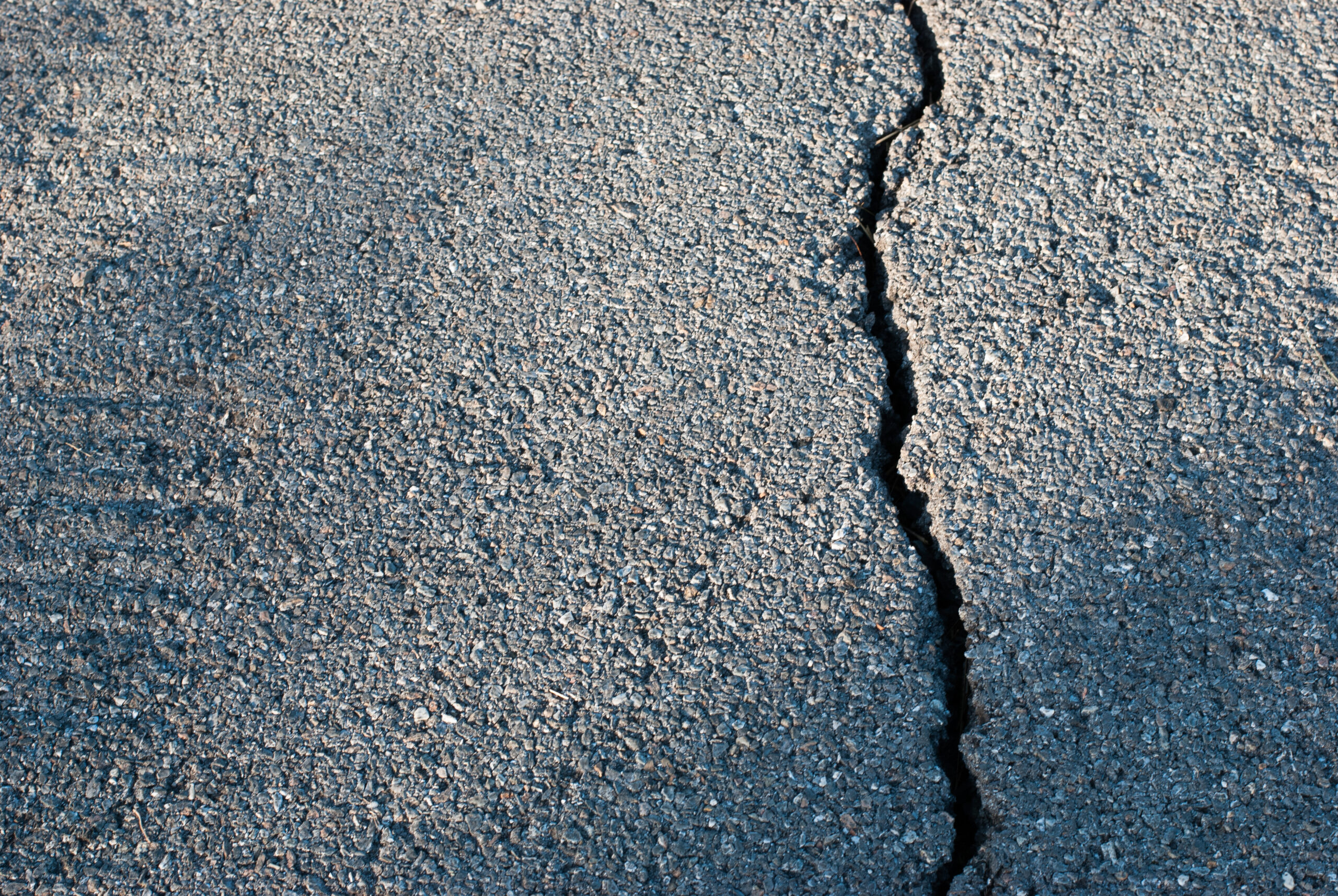July 23, 2024
3.3 mins read
Ultimate Guide to Asphalt Maintenance: Protecting Commercial Properties During Extreme Heatwaves
Ultimate Guide to Asphalt Maintenance: Protecting Commercial Properties During Extreme Heatwaves
As a commercial property owner or facilities manager, you know the importance of maintaining your infrastructure to not only preserve the property value but also to ensure safety and curb appeal. One of the critical components often subjected to the most wear and tear is your asphalt paving. With the increasing frequency of heatwaves, it’s vital to understand how extreme heat can impact asphalt surfaces and what proactive measures can be taken to mitigate these effects.
Understanding Asphalt and Heatwaves
Asphalt surfaces, from parking lots to pathways, play a pivotal role in the functionality and aesthetics of commercial properties. However, the bitumen in asphalt that binds aggregates together can soften and degrade under high temperatures, leading to significant maintenance challenges. These issues can include:
- Softening and Rutting: Softened asphalt can deform under the weight of traffic, creating ruts that accumulate water and further damage the surface.
- Oxidation and Fading: Intense heat accelerates the oxidation process, causing the asphalt to lose color and elasticity.
- Thermal Cracking: Fluctuating temperatures cause the asphalt to expand and contract, potentially creating deep cracks that compromise the integrity of the pavement.
Strategies to Prevent Heat-Induced Asphalt Damage
In your role, ensuring the longevity and effectiveness of your asphalt during heatwaves is crucial. Here are comprehensive strategies tailored for commercial properties:
1. Proactive Maintenance and Routine Inspections
Consistent maintenance is key to extending the lifespan of asphalt surfaces and ensuring they can withstand the rigors of extreme heat.
- Regular Assessments: Schedule bi-annual inspections to identify any early signs of wear such as small cracks or surface warping.
- Sealcoating: This protective layer should be reapplied every two to three years, depending on traffic and weather conditions, to shield the asphalt from UV rays and reduce heat absorption.
2. Effective Repair Techniques: Crack Filling and Patching
Addressing minor damages promptly prevents them from evolving into costly repairs.
- Crack Sealing: Use quality commercial-grade sealants to close up cracks, keeping the underlying layers safe from moisture penetration.
- Pothole Repairs: Implement a rapid response for any potholes, especially after the hot season, to maintain a safe and smooth surface for traffic.
3. Innovative Cooling Solutions
Reducing the temperature of your asphalt surfaces can prevent the binder from becoming too pliable.
- Reflective Coatings: Invest in reflective surface treatments that reflect sunlight and maintain cooler surface temperatures.
- Scheduled Watering: Implement a controlled watering plan during the hottest parts of the day to cool the asphalt temporarily.
4. Structural Enhancements
Improving the foundational aspects of your asphalt can offer additional resistance to heat damage.
- Quality Installation Practices: Ensure that all new installations include sufficient base material and appropriate asphalt thickness to accommodate expected traffic and environmental conditions.
- High-Performance Mixes: Opt for asphalt mixes that are specifically formulated for high temperature and heavy-duty use.
5. Shade and Vegetative Barriers
Utilizing natural and artificial shade can significantly lower surface temperatures and reduce the risk of damage.
- Tree Planting: Strategic placement of trees can provide shade and reduce surface temperatures, while enhancing the landscape aesthetics of your property.
- Installation of Shade Structures: Consider pergolas or awnings for smaller, vulnerable areas like walkways or smaller parking areas.
6. Comprehensive Cleaning Regimes
Maintaining a clean surface is essential not only for aesthetics but also for identifying potential issues before they escalate.
- Regular Cleaning: Schedule regular cleaning to remove debris, chemicals, and oils that can deteriorate the asphalt surface faster under hot conditions.
Managing asphalt maintenance during heatwaves is critical for ensuring the safety, functionality, and aesthetic appeal of your commercial properties. By integrating these strategic maintenance practices, you can significantly enhance the resilience of your asphalt surfaces against extreme heat. Remember, the effectiveness of your preventive measures will save on future repair costs and disruptions.
Don’t let the summer heat compromise your asphalt investment. Contact GRM Inc. today to schedule a comprehensive evaluation of your asphalt surfaces. Our expert team is equipped to provide tailored solutions that ensure your property remains in top condition, regardless of the weather challenges.

